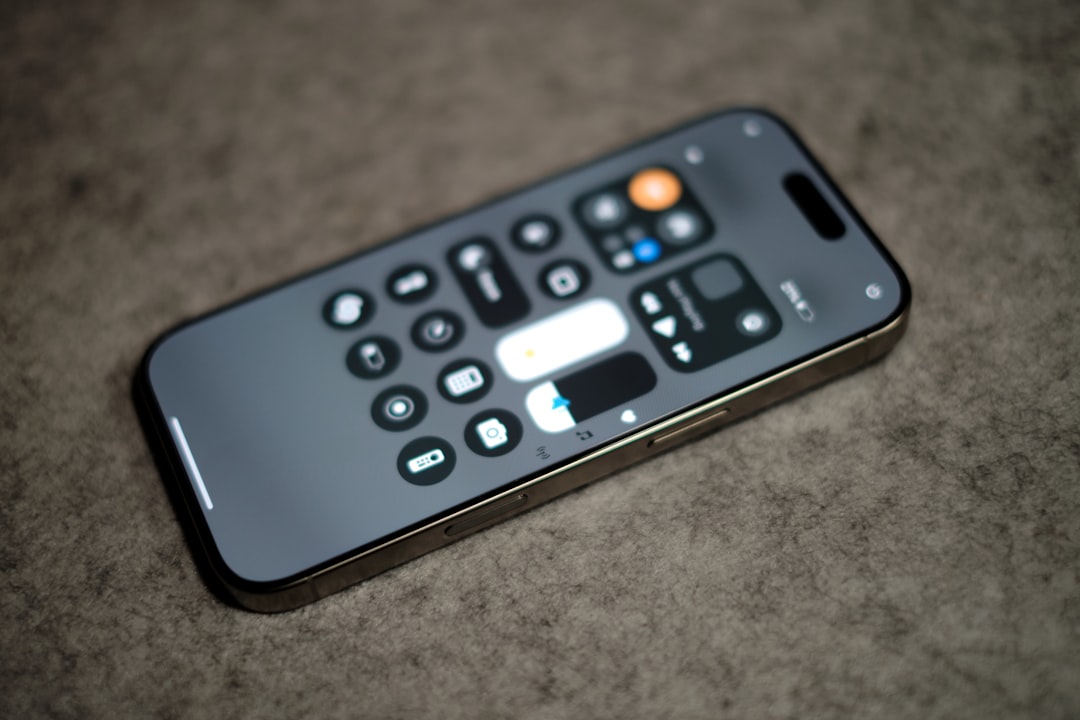As streaming continues to dominate how we consume media, finding a device that offers excellent app support has become imperative. Gone are the days when cable television controlled our living rooms; now, it’s all about flexibility, convenience, and variety. From niche streaming services to major content providers, the platforms that provide consistent support across a range of streaming tools are emerging victorious. But which streamers stand out not only for content but also for how well they support apps? Let’s explore the top streamers with the best app support, from humble beginnings to mainstream dominance.
Contents
Why App Support Matters in Today’s Streaming Culture
App support plays a pivotal role in shaping a streamer’s usability and functionality. Whether you’re watching Netflix, playing indie films on Shudder, or streaming fitness classes from Peloton, your access to smooth, bug-free apps determines your user experience. Poor app support means lag, crashes, or worse — not having access to your favorite platform at all.
Moreover, app ecosystems often impact a user’s purchasing decision. A device that integrates both global services and local niche platforms has an edge when it comes to market competitiveness.
1. Roku: The User-Friendly Powerhouse
Strengths: Wide-ranging app catalog, affordable pricing, user customization, and cross-device compatibility.
When it comes to streaming devices that offer stellar app support, Roku remains a dominant force. From the early days of being a quirky upstart focused on Netflix compatibility, Roku has evolved into a staple in millions of households worldwide.
What sets Roku apart is its extensive channel store, offering more than 3,000 apps ranging from household names like Netflix and Hulu to niche platforms like Crunchyroll and Kanopy. The interface is intuitive and supports frequent updates to ensure that even the most obscure apps run smoothly.
Developers also find Roku one of the easiest platforms to work with, allowing for faster rollouts of apps and timely updates. If you’re looking for a plug-and-play experience that supports both mainstream and specialized content, Roku is hard to beat.
2. Apple TV: Premium Performance With Robust Integration
Strengths: Seamless integration with Apple ecosystem, high app performance, strong developer support.
Apple TV may come with a higher price tag, but many argue it’s worth every penny — especially when discussing app support. Delivering sharp performance and a smooth interface, Apple TV excels in app consistency and responsive design.
The crown jewel is the Apple App Store, which hosts a slew of streaming apps — from Disney+ and Paramount+ to niche entries like Mubi and Acorn TV. Apple’s rigorous App Store policies ensure a level of quality control rarely seen on rival devices, offering users a more stable experience.
Additionally, Apple’s backing of cross-platform experiences like Apple Fitness+ and seamless handoff between devices (think iPhone to Apple TV) raises its utility at home, making it more than a simple streamer — it’s a connected content hub.
3. Amazon Fire TV: The Expansive Ecosystem
Strengths: Integration with Alexa, broad app availability, smart home compatibility.
Amazon Fire TV takes a distinct route by tightly integrating with other Amazon ecosystem services. Think of a device that not only streams content but also responds to voice commands, controls your smart home, and gives personalized recommendations based on Amazon’s powerful AI engine.
The Fire TV App Store boasts thousands of apps, including mainstream services like HBO Max and sports hubs like ESPN. Niche apps are well represented too — from documentaries to yoga tutorials, Fire TV has created a sandbox where both big players and indie developers thrive.

Added to that is Fire TV’s aggressive pricing strategy; devices are frequently discounted, making it an appealing option for budget-conscious consumers who don’t want to sacrifice app variety.
4. Google Chromecast with Google TV: Smart, Streamlined, and Powerful
Strengths: Google Assistant integration, Android ecosystem, universal search capabilities.
Google has come a long way from just screen-casting. With the launch of Chromecast with Google TV, the company introduced a feature-rich streaming interface that supports an impressive array of apps and services.
Thanks to Android’s extensive app infrastructure, Chromecast offers compatibility with virtually every major streaming app — including both popular franchises and hyper-niche verticals. Services like Twitch, Funimation, Tubi, and even Kodi are easily accessible.
What also elevates Google TV is its universal search function. Imagine searching for “romantic comedies” and getting results across all your installed apps: Netflix, Prime Video, YouTube, and more. That’s not just convenience — it’s intelligent design.
5. NVIDIA Shield TV: Geared For Tech Enthusiasts
Strengths: Android TV base, 4K AI upscaling, gaming integration (GeForce NOW), developer accessibility.
Though geared towards gamers and techies, the NVIDIA Shield TV offers arguably the most sophisticated app support in the market. Running on the Android TV platform, it opens doors to a massive app library, including hard-to-find ones through sideloading options.
For users diving into niche content or want to turn their streaming device into a gaming console and media server, Shield TV is unmatched. Apps like Plex, Kodi, and even retro gaming emulators are all easily accessible.
Its robust processor ensures consistent performance, even when handling graphic-intensive applications. While it may not be for the casual user, it earns high marks from the power-user community.
6. Smart TVs: The Built-In Question
Strengths: No additional hardware needed, direct app download, streamlined controls.
With modern Smart TVs from brands like Samsung, LG, and Sony incorporating their own app ecosystems, it’s tempting to consider these as alternatives to external streamers. Most Smart TVs now support major apps, including Netflix, Hulu, YouTube, and Amazon Prime Video. Increasingly, they’re also including support for smaller services such as Pluto TV, Crunchyroll, and local news networks.
However, quality varies by brand and model. While some Smart TVs offer near-perfect app support and performance (like Sony’s Google TV-powered sets), others lag in update frequency and UI responsiveness. They are convenient but still can’t totally replace high-performance standalone streamers — yet.
Factors to Consider When Choosing a Streamer for App Support
- App Availability: Does it support the services you’re already subscribed to?
- User Interface: How easily can you navigate between apps?
- Update Frequency: Are the apps consistently updated with new features and bug fixes?
- Device Ecosystem: Does it integrate well with your existing smart devices?
- Niche Service Support: If you subscribe to smaller platforms, are those apps available?

The Verdict: Who Leads the Pack?
If we’re judging purely on volume and diversity of app support, Roku and Android TV-powered devices (like Chromecast and NVIDIA Shield) come out as leaders due to their open ecosystems and massive libraries.
For those deeply embedded in their respective ecosystems, Apple TV and Fire TV also excel, thanks to rock-solid app performance and frequent updates. Meanwhile, tech-savvy users looking for complete control often find NVIDIA Shield to be most accommodating.
Ultimately, the “best” streamer aligns with your personal media habits. Are you more into mainstream content like Netflix Originals, or are you a documentary buff searching for rare indie flicks? Today’s streamers can handle both — just make sure to pick the one that truly supports your favorite apps, whether they’re niche or mainstream.

